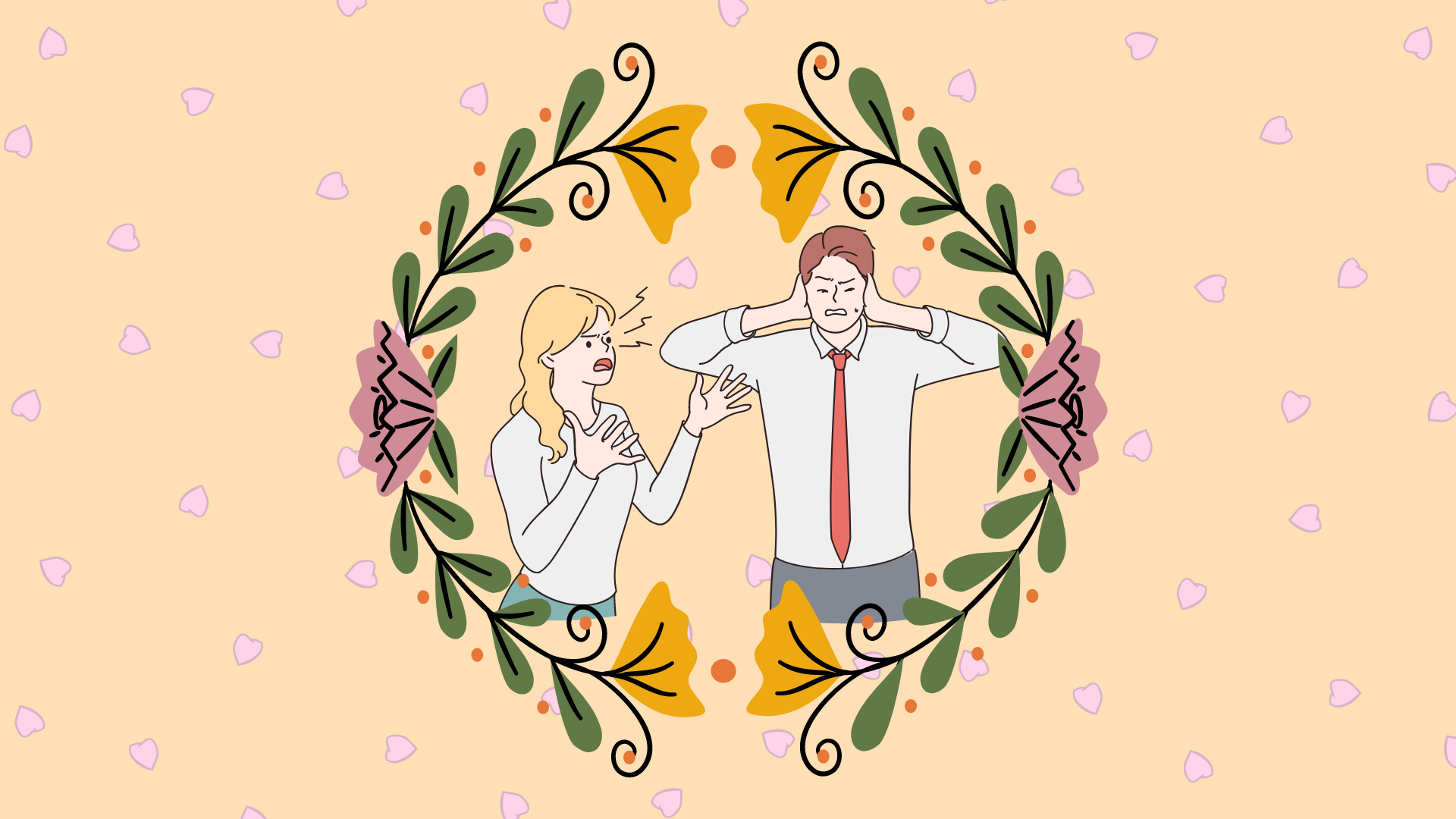Some of the most iconic characters in film, television, and literature were people who started out as enemies and ended up falling in love with one another. An example of this would be Kylo Ren and Rey from the Star Wars sequel trilogy or Elizabeth Bennet and Mr. Darcy from Jane Austen’s beloved novel Pride and Prejudice. But how exactly does this happen? Why is this relationship dynamic so commonly used in the media? And is the trope problematic?
This character dynamic is known as the Enemies to Lovers trope. For many, it seems counterintuitive or even illogical for two people to come together under the context of hate and have those feelings evolve into love, but the trope exists. However, this trope exists because it involves the romantic evolution of two people who have extreme differences at the beginning of the story Still, they overcome those differences by the end of the story and find themselves falling in love.
This dynamic often exists for characters who are competitors, have different values, or have mutually exclusive ways of life in some form or another. Some inherent attribute each character possesses is in opposition to the other, which creates a natural disdain between the two. Throughout of the story, each character begins to see another side to the other or realizes just how much the two actually have in common. By the end of the story, the two characters reach such an intense level of understanding and admiration that they become lovers.
There are several reasons why this trope is appealing. A few reasons include how much tension exists between love interests, the slow burn development of the relationship, and how the trope portrays unconditional love for someone’s true self. But the main appeal that is unique to this trope is best explained by the TikTok content creator @pagemelt, who argues that the tropes’ major elements of honesty and respect make it so appealing.
The creator assesses the trope from the lens of a cis-male and cis-female romantic relationship. She explains that the dynamic of an enemies-to-lovers trope is appealing because it requires a sense of respect and honesty, especially from the male, which is much more difficult to find in real life. She argues that in a patriarchal society where even the kindest and most well-meaning of men can exist, many do not view women as full human beings capable of the same depth and complexity as them. She further elaborates that many of these men are likely not even aware that they unconsciously think this way. When it comes to the enemies-to-lovers trope, she explains that you have to be their equal in order to be someone’s enemy. Therefore, it is impossible to be enemies with a character they view as above or beneath them. As a result, male and female characters who follow this trope have a sense of mutual respect and view each other as equals.
The creator also argues that there is a sense of honesty in the enemies-to-lovers trope which adds to its appeal. Referring back to the concept of inequality in a patriarchal society, the creator explains that there are men under this system who actively participate in feminism which should benefit women living under this system, except for the fact that this participation is largely performative. This performance of feminism is undertaken to prevent any sort of social consequence and secure the favor of the women they are romantically attracted to. In the enemies-to-lovers trope, this performance does not exist for the male love interest because he has no regard for social consequences, at least with his enemy. As a result, there is no performance or deception for the love interest to stay with them. The enemy’s nature does not require either character to put on a charade of who they aspire to be because they are not trying to make the other person like them in the first place.
In a great enemies-to-lovers story, a mutual sense of respect and honesty lay the foundation for an enticing story and great relationship. But where do we draw the line when an enemies-to-lovers trope goes too far? Many advise consuming these stories with caution and considering the fact that these types of stories are not always realistic. Another, more concrete, line to be drawn is that of abuse. Suppose the characters perform any type of abusive act while in the enemies phase of the relationship. In that case, it is generally agreed upon that this area of the trope enters problematic territory. Additionally, this trope often leaves many readers/viewers wondering, if the morally questionable character undertakes harmful actions initially, should the love and relationship at the end of the story redeem their character? That is subject to interpretation by each consumer and varies by each story.
So what is to be made of the enemies-to-lovers trope? Is it good or bad? Should we keep using it? The answer to that could change depending on the story and the person consuming that story. But overall, the enemies-to-lovers trope is not inherently bad. The enemies-to-lovers trope doesn’t inherently advocate for questionable characteristics or relationship habits. At its best, the enemies-to-lovers trope brings two people together who, under normal circumstances, might not have been able to do so. The enemies-to-lovers trope has been in the media for hundreds of years, and it would be a shame if it went away any time soon.
Featured Image by Morgan Scruggs
